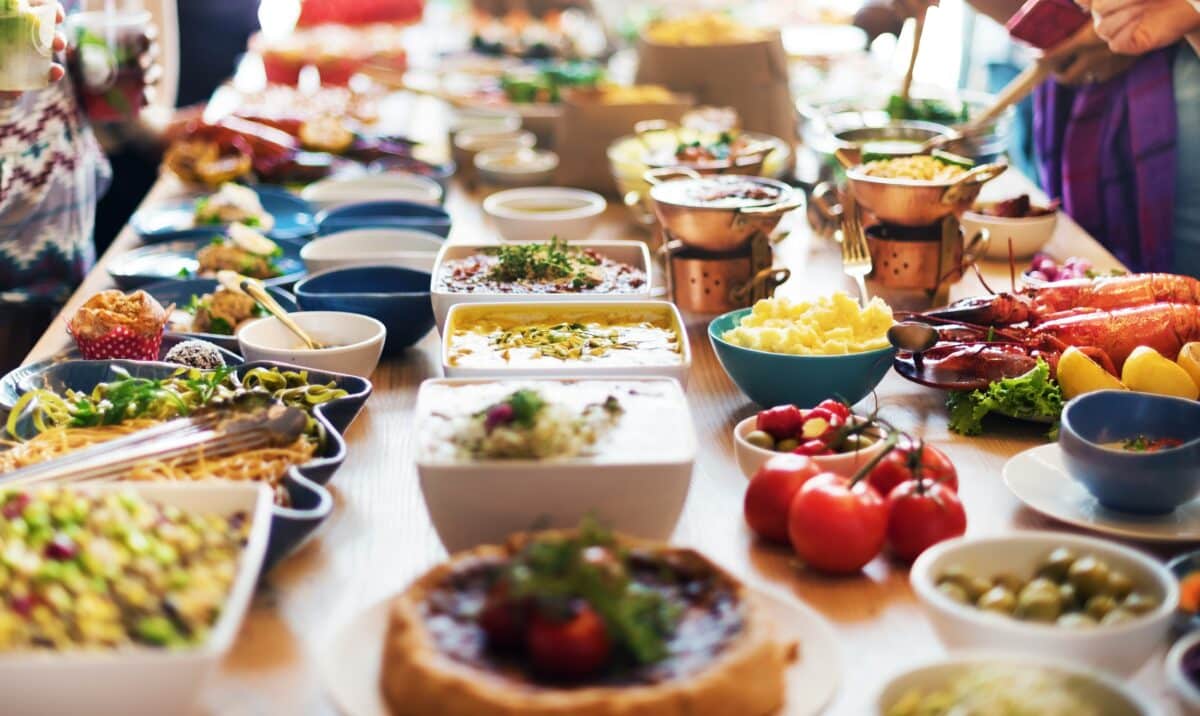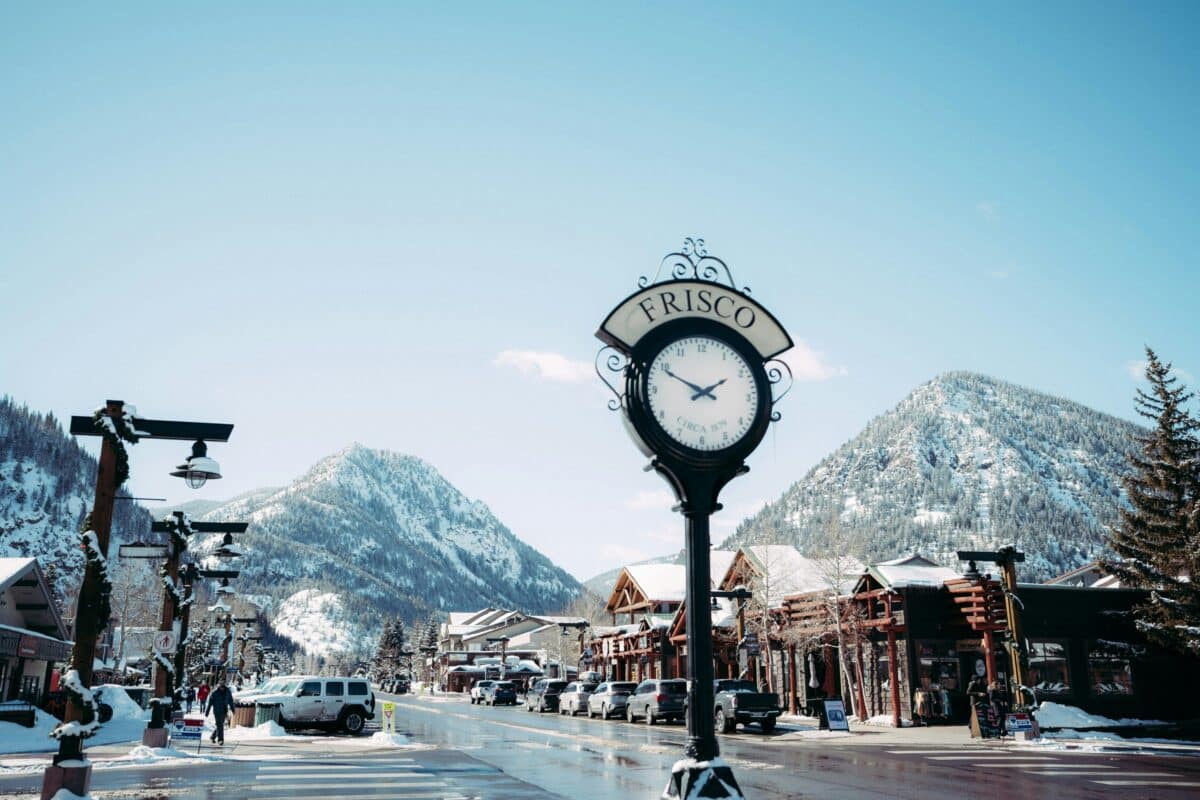Denver Neighborhoods: Hidden Marvel Await in Every Corner
Denver, known as the Mile-High City, is a vibrant hub of culture, history, and community. Its unique neighborhoods offer diverse experiences, each with its own charm and character. Whether you’re a long-time resident or a curious visitor, exploring Denver neighborhoods can uncover hidden gems and new favorites.
Understanding what makes each area special is key to truly appreciating Denver’s dynamic spirit. This article dives into the heart of three iconic neighborhoods, showcasing the essence of what makes Denver such a remarkable place to live and visit.
What Makes LoDo a Must-Visit Neighborhood?
LoDo, short for Lower Downtown, is the beating heart of Denver’s history and nightlife. Known for its rich architectural heritage, this Denver neighborhood blends historic charm with modern energy. Brick warehouses from the 19th century now house chic restaurants, art galleries, and bustling bars, making it a hotspot for both locals and tourists.
Union Station, the crown jewel of LoDo, serves as a central gathering point. With its iconic clock tower and vibrant indoor market, it offers a blend of nostalgia and contemporary appeal. For food lovers, LoDo’s culinary scene is unparalleled. From artisanal coffee shops to fine dining experiences, there’s something to suit every palate.
The neighborhood also boasts proximity to Coors Field, home of the Colorado Rockies. Sports enthusiasts flock here to catch a game or simply soak in the lively pre- and post-game atmosphere. Whether you’re exploring during the day or experiencing its nightlife, LoDo never disappoints.
Why Is Washington Park Ideal for Outdoor Enthusiasts?
Washington Park, often affectionately called Wash Park, is a haven for those who cherish outdoor activities and natural beauty. This Denver neighborhood is built around a sprawling 165-acre park, offering lush green spaces, flower gardens, and two scenic lakes.
Joggers, cyclists, and yoga enthusiasts are a common sight on the park’s winding paths, which stretch for miles. Families gather for picnics or paddleboat outings on the lakes, while dog owners take advantage of the open fields to let their pets roam freely.
The surrounding residential area is equally inviting, featuring charming bungalows and tree-lined streets. Its small-town feel within a bustling city makes it a favorite for families and retirees alike. Wash Park also hosts farmers’ markets and community events, fostering a tight-knit, friendly vibe. For anyone seeking a balance between city living and nature’s serenity, Washington Park is a perfect choice.
How Does RiNo Stand Out as Denver’s Creative Hub?
The River North Art District, known as RiNo, is where creativity thrives in Denver. This neighborhood in Denver is an eclectic mix of industrial heritage and contemporary innovation. Artists and entrepreneurs have transformed old warehouses into vibrant studios, craft breweries, and trendy eateries.
Street art is the hallmark of RiNo, with murals adorning nearly every wall, creating an ever-changing outdoor gallery. The Denver Central Market, a bustling food hall, showcases local artisans and offers everything from gourmet sandwiches to handmade chocolates.
Music lovers are drawn to RiNo’s live performance venues, where genres from jazz to indie rock echo through the streets. The neighborhood’s First Friday Art Walks provide an immersive cultural experience, allowing visitors to explore galleries and interact with local artists.
RiNo’s dynamic energy attracts a younger crowd, but its appeal transcends age. It’s a space where tradition meets the cutting edge, offering something for everyone.
Uncover the Diversity of Denver Neighborhoods
Each of Denver’s neighborhoods tells a unique story, contributing to the city’s rich tapestry of culture and lifestyle. LoDo captivates with its historic charm and vibrant energy, Washington Park offers tranquility and outdoor adventure, and RiNo stands out as a beacon of creativity and innovation.
Whether you’re a history buff, a nature enthusiast, or a lover of the arts, exploring Denver neighborhoods reveals the city’s depth and diversity. By venturing into these areas, you’ll not only discover new places but also gain a deeper connection to Denver’s soul.
Denver is more than just a city—it’s a mosaic of communities waiting to be explored. Dive into these neighborhoods and experience the Mile-High City in all its glory.











